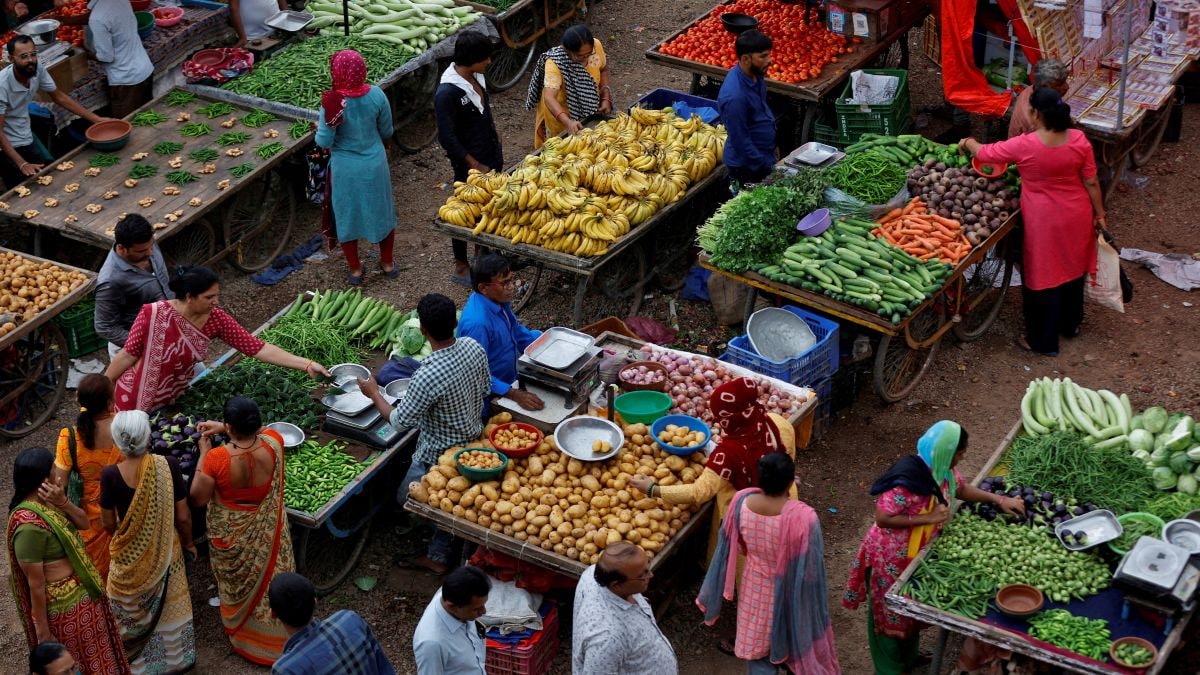The Forex Ascent
India's foreign exchange reserves have seen a noteworthy increase. The figures show a rise of $2.816 billion. This upswing positions the total reserves at
$619.027 billion. These reserves are crucial for handling external debt, stabilizing the rupee, and providing a buffer against global economic uncertainties. The increase suggests strengthened economic confidence and better management of financial assets, which are good signs for the country's financial health. The rise could be attributed to a number of factors, including investments in the Indian market and inflows from remittances sent by Indians working overseas. Strong economic performance often attracts investments, and this data could be seen as an indication of this.
Significance of Reserves
Foreign exchange reserves play a critical role in the Indian economy. They serve as a cushion during economic crises, providing the means to manage external liabilities and mitigate exchange rate volatility. When a nation holds a substantial amount of reserves, it signals financial stability to the international community. This, in turn, boosts investor confidence, making the country a more attractive destination for foreign investment. A stronger reserve position can help the Reserve Bank of India (RBI) to intervene in the foreign exchange market to maintain the rupee's value. This helps to minimize the impact of external shocks and supports the country's trade performance. Higher reserves also mean the country can more readily afford its imports. These reserves are essential tools for navigating the complexities of the global financial system.
Factors Influencing Growth
Several key factors can contribute to the growth of India's forex reserves. Investment inflows from foreign institutional investors (FIIs) and foreign direct investment (FDI) play a significant role, as they bring in foreign currency. Remittances from non-resident Indians (NRIs) also significantly boost reserves. Export earnings, which reflect the country's ability to sell goods and services globally, provide a steady stream of foreign currency. The Reserve Bank of India's (RBI) interventions in the foreign exchange market, where it buys and sells foreign currencies, also impact reserves. Moreover, external borrowing and changes in the valuation of reserve assets, such as gold, influence the total value. Understanding these different elements helps to appreciate the dynamics behind the financial position.
Economic Impact
The increase in forex reserves has various positive implications for the Indian economy. Firstly, it strengthens the nation's ability to manage its external obligations. Secondly, a strong reserve position often bolsters investor confidence, which encourages further investment and helps the Indian economy. Third, it provides greater flexibility in managing the exchange rate, which is vital for stabilizing the rupee and making trade easier. Lastly, the rise in reserves can lead to decreased borrowing costs. Overall, the enhancement of the reserves indicates a favorable economic outlook and adds to India's economic stability. The surge in reserves is a positive trend that can improve India’s standing in the global financial landscape.













